Q: What is blind baking?
A: Blind baking is the technique of baking your unfilled tart or pie crust while it’s weighed down with baking weights, rice or even dried beans. After baking for 10-15 minutes, the weights are removed to allow the empty crust to continue baking until completion. Blind baking prevents the pastry from shrinking away from the sides of your tin, puffing up or having a soggy bottom.
Q: What is “cutting in” or to “cut in” in baking or pastry making?
A: Cutting in the dough is a way of mixing cold butter into flour as quickly as possible, ensuring the butter does not soften and incorporate into the flour. This is done by using a fork, two knives (in a scissor motion) or special pastry cutter/blender. Why? It helps to develop a flaky texture by lightly coating (rather than absorbing) the flour proteins with butter, reducing gluten formation. Small pieces of butter will remain whole and melt to create deliciously flaky pockets in the dough. You might find it useful to refrigerate your flour and even your mixing bowl to keep everything nice and cold.
Q: What is meant by “docking” or to “dock” the dough when baking?
A: Docking the dough is simply a fancy way of saying prick the dough all over with a fork. This technique helps the steam to escape, preventing pesky air bubbles from ruining your perfectly flat pastry base, while also helping it to bake more evenly.
Q: What does proofing mean?
A: Proofing is a term most often used in recipes requiring yeast, like loaves, scrolls and breads. “Proofing” or to “proof the dough” typically refers to the final rise that takes place after shaping the dough to be baked. Proofing is the final important resting step that gives your bread its structure and flavour. Some recipes may call for a first proof and final proof, these refer to the two fermentation processes that take place where you’ll see the dough increase in volume.
Q: What is a crumb coat?
A: A crumb coat is a term used often in cake decorating, and is much like applying a base coat of paint to your walls. It helps seal in any stray crumbs that would otherwise get it the way of a perfect buttercream finish. A crumb coat or “dirty icing” also forms the foundation and shape of your final cake, spackling in any cake chunks lost along the way or uneven layers before you add the final coat.
Q: What is creaming and what does it do?
A: Creaming usually refers to incorporation of air into butter and sugar. Think of the jagged sugar granules as tiny little whisks, cutting small holes in the butter. This aerates and increases the volume of the butter, making it light, smooth and fluffy. This technique lays the ground work for your baking, creating the air needed to start the leavening process in light and fluffy cakes. So don’t be an impatient creamer, this step is important!
Q: What is reverse creaming?
A: Reverse creaming is exactly what it sounds like! Instead of creaming butter and sugar, the butter is added to the dry ingredients to create a sandy consistency. The wet ingredients are then added to this mixture and incorporated completely. The butter coats the flour particles, minimizing gluten formation. While you’ll still create structure and volume in the final steps, the air bubbles are smaller, resulting in a tighter, tender crumb.
Q: What are soft peaks?
A: When you lift your whisk, your cream or egg whites will form peaks that are just starting to form. They should still be soft enough to melt back into themselves after a second or two.
Q: What are firm peaks?
A: When you lift your whisk, your cream or egg whites will hold peaks that are firm enough to just fold over on themselves.
Q: What are stiff peaks?
A: When you lift your whisk, your egg whites will hold peaks that stick straight up without collapsing.
Q: What is a bain-marie?
A: A bain marie involves placing a bowl or pan over (but not touching) simmering water or where a ramekin or tin is placed in a tray filled with boiled water for further cooking. It’s often used for melting chocolate and cooking with a gentle, even heat on the stove top or in the oven.
Q: What is a double boiler? What is a water bath?
A: See bain marie.
Q: What does bloom mean?
A: Gelatine – Blooming refers to the act of softening gelatine in liquid prior to melting it in hot liquids or mixtures. Blooming the gelatine first allows it to dissolve faster and more easily into your recipe, helping you to avoid chunks of undissolved gelatine.
A: Chocolate: Chocolate may develop a white or grey coating on its surface that can be one of two things – sugar bloom or fat bloom.
Sugar bloom happens when chocolate is stored in a humid environment such as the fridge. The moisture causes the sugar to dissolve and then recrystallize on the surface. In the end, it all tastes the same, just ignore the spots and use it in your baking or ganache
Fat bloom occurs when storage temperature is too high, causing the cocoa butter to separate from the other ingredients and rising to the surface. While it might look unappealing, it’s still perfectly fine bake with.
Q: What is an egg wash and what does it do in baking?
A: An “egg wash” is the term given to lightly beaten eggs, sometimes mixed with water or milk then brushed onto the surface of pastry or bread before baking. This technique encourages a rich golden colour and/or sheen when baked, but also helps to bind layers together or create a surface for toppings like sugar to stick to.
Q: What is “laminated dough” in baking?
A: Laminating is the process of folding butter into dough multiple times to create thin alternating layers of butter and dough. This technique is most commonly used when creating puff pastry, croissant or Danish dough. When baked, this creates pastry with hundreds of deliciously flaky, buttery layers.
Q: What does macerating mean in baking? What does it mean to macerate fruit?
A: Macerating is a technique used to soften the fruit and/or to have the fruit take on other flavours, such as pouring rum over dried fruit for your fruit cake.
Sugar: To macerate fruit, typically you’ll add a sprinkling of sugar to draw out the fruit moisture and release its flavour, creating a syrup. It’s also a handy way to bring out flavour, sweeten and/or soften unripe, tart fruits.
Liquid: The second option is to pour over liquors, liqueurs, wine, fruit juice or vinegars to create flavourful fruit to use as a topping or in your baking.
And there you go, you’re now a walking, talking dictionary of essential baking terms. Have another burning baking question? Ask us in the comments below.
For monthly recipe inspiration delivered straight to your inbox, along with product information, competitions and special offers, join our Queen Baking Club.

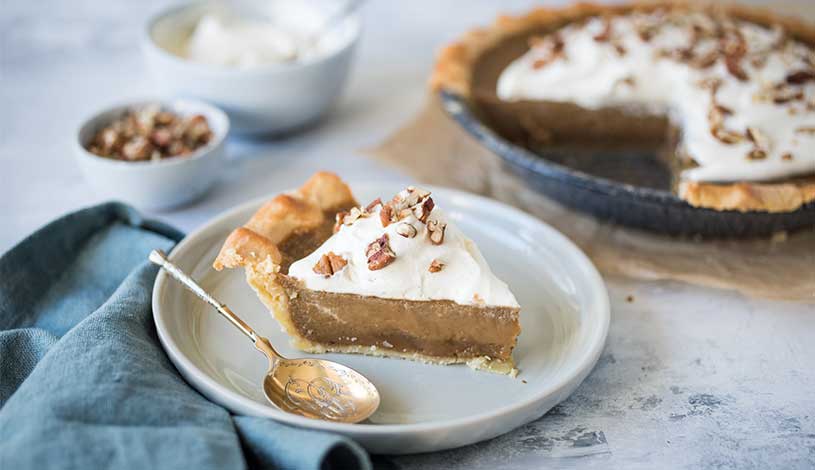
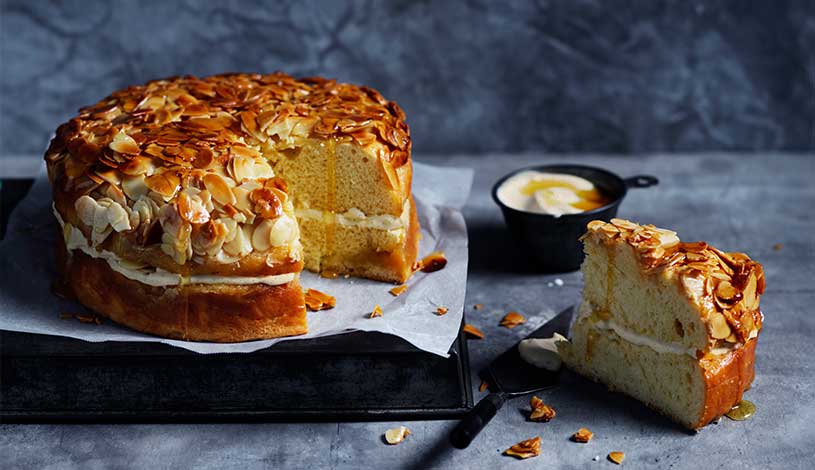
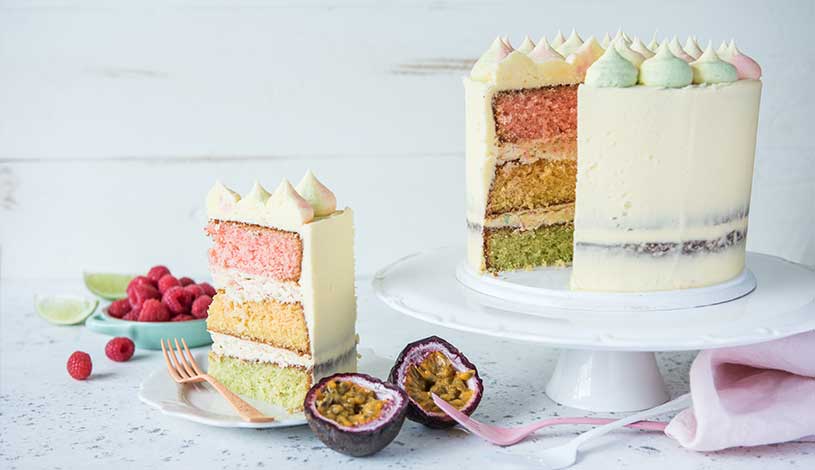
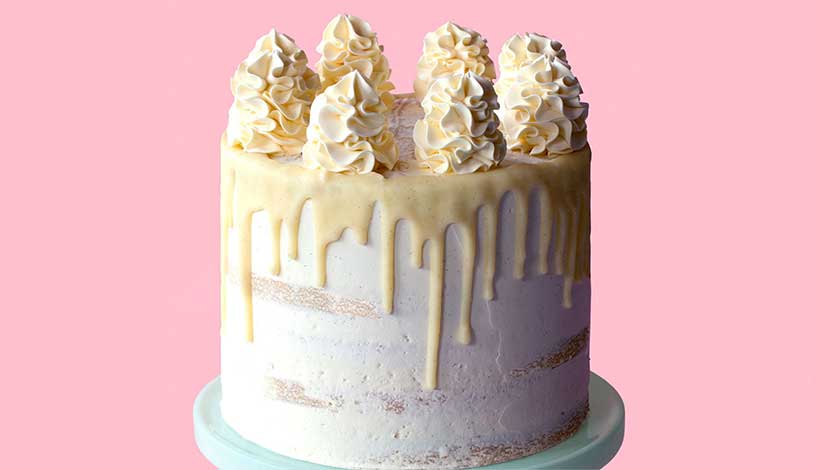
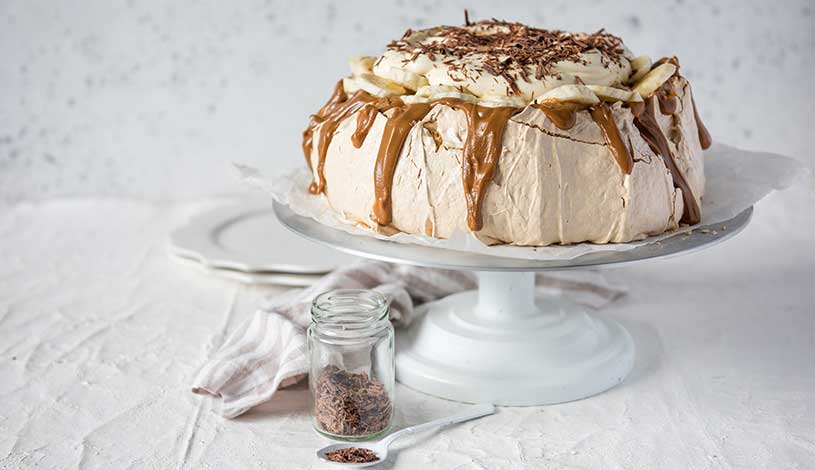
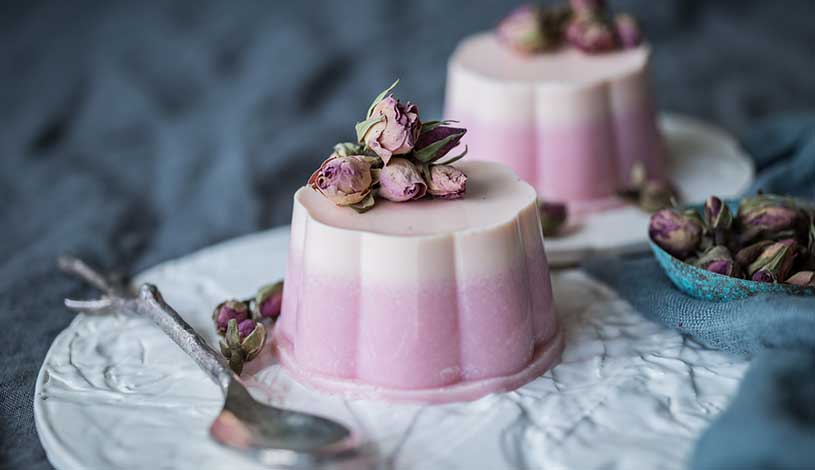
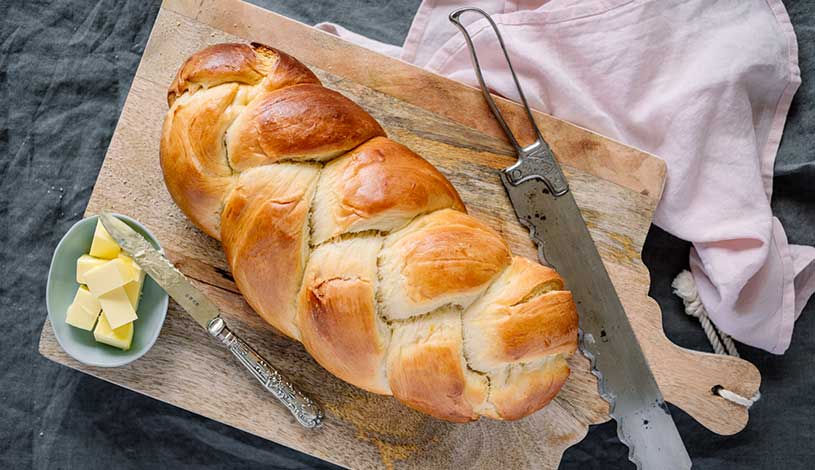
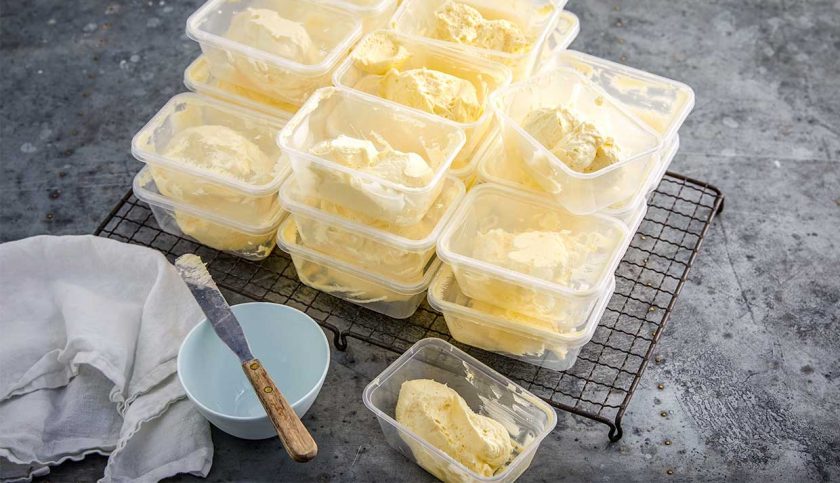
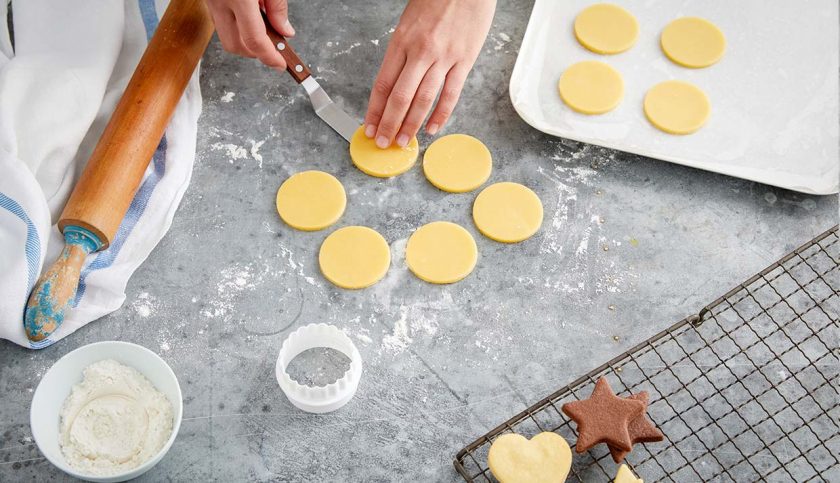

Comments & Reviews
I am very interested in your great ideas
Susanne
Thank you Susanne! 🙂
Queen
What is the amount/ratio of liquid glucose that should be added in a ganache recipe?
Hellen
Hi Hellen, We start with a tablespoon or two per batch 🙂
Queen